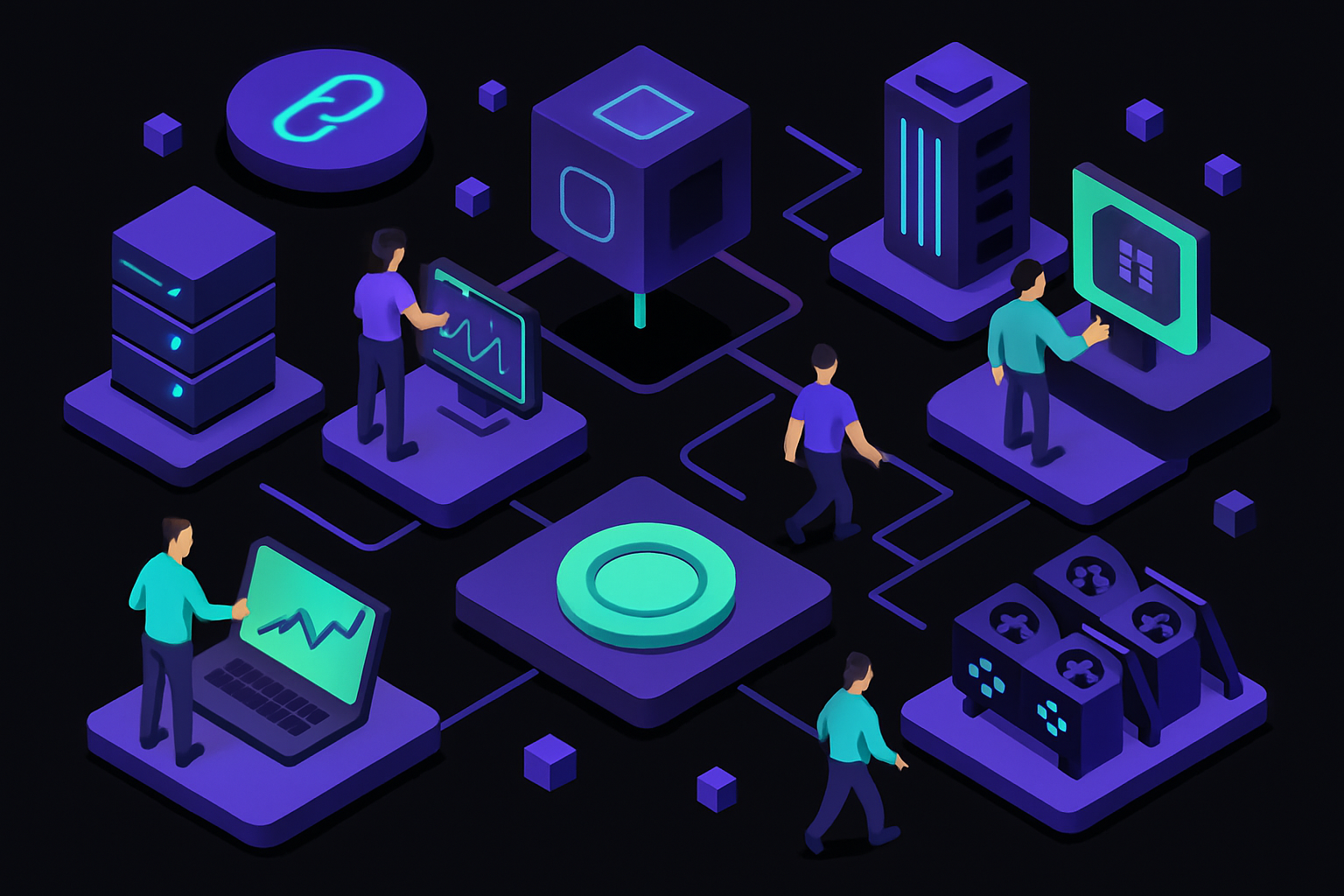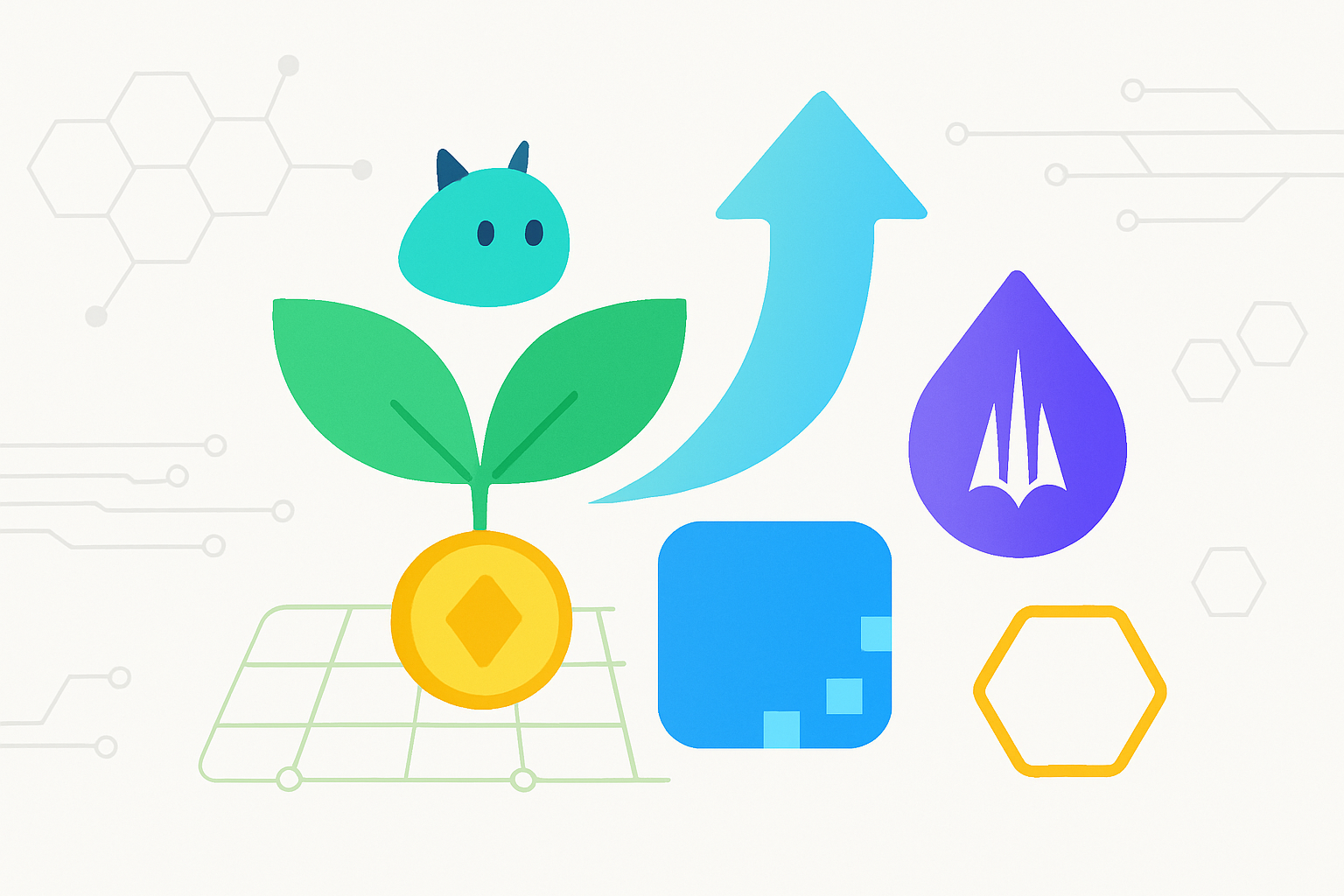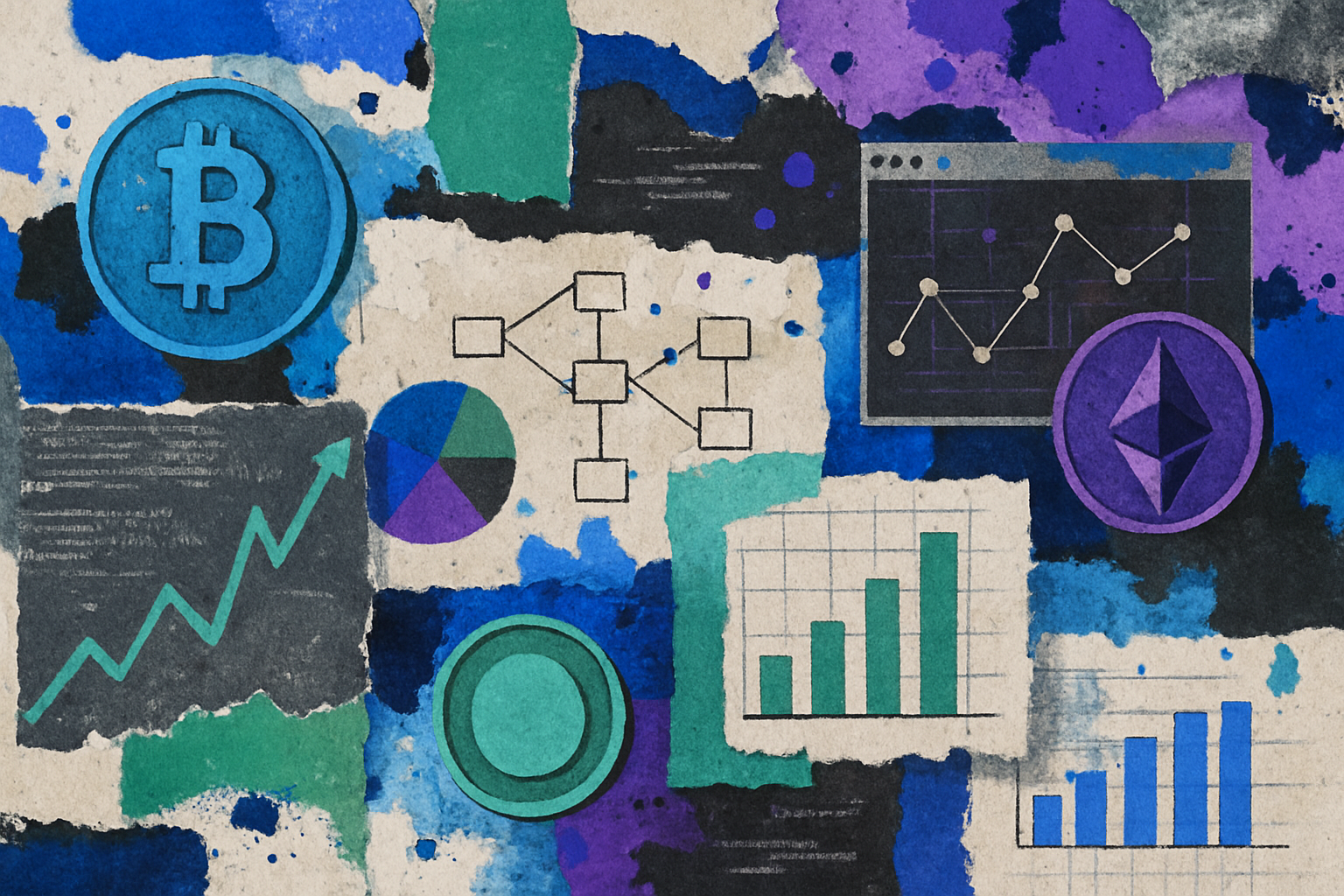
Play-to-earn (P2E) NFT games have shifted from a niche experiment to a global economic force in 2024. No longer just about entertainment, these blockchain-powered games are now robust platforms for generating real-world income, community-driven creativity, and cross-border trade. With the P2E NFT games market valued at $4.58 billion and projected to reach $23.81 billion by 2034, players and developers alike are seizing new opportunities in digital economies that reward both skill and participation.
![]()
P2E Games: The Engines of NFT-Based Virtual Economies
The explosive growth of P2E titles is reshaping how we think about value in virtual worlds. In 2024 alone, more than 1,600 new P2E games launched, making up nearly two-thirds of all active play-to-earn projects. Heavyweights like Gods Unchained, Sorare, and The Sandbox continue to innovate with fresh mechanics and scalable infrastructure.
An important trend this year was the migration from Ethereum to dedicated gaming chains or layer-2 networks. One flagship title saw a remarkable 60% increase in unique active wallets within two months after moving to a layer-specific network, proof that lower fees and faster transactions directly boost user engagement and retention.
This technical leap has also unlocked unprecedented interoperability for NFTs. Now, your rare card or avatar can move seamlessly between ecosystems, opening up new earning strategies across multiple games without being locked into one platform.
User-Generated Content: Powering the Next Wave of Digital Asset Creation
P2E isn’t just about playing, it’s about building. Platforms such as The Sandbox’s Game Maker have democratized game development by allowing anyone (no coding required) to create, mint, and monetize their own assets or experiences. In Q1 2023 alone, over 10,000 new UGC experiences were published on The Sandbox, with more than 6,400 monthly active creators. These creators fuel vibrant secondary markets that see transaction volumes topping 150,000 trades per month.
This thriving creator economy means artists and designers can earn from their digital labor while players benefit from an ever-expanding universe of content, an essential ingredient for sustainable NFT gaming virtual economies.
The Metaverse Goes Mainstream: Events and Economic Activity in Virtual Worlds
The metaverse is no longer just a buzzword, it’s an economic reality for millions of players worldwide. Leading virtual worlds now host hundreds of events each year: concerts with real-world musicians, art exhibits featuring minted NFTs, even branded product launches that drive both foot traffic (avatar traffic?) and secondary market activity.
NFT land rentals have emerged as a hot commodity as brands seek high-visibility locations for activations inside these worlds. This has driven up both the value of virtual real estate NFTs and the volume of secondary trades among investors looking for yield opportunities beyond traditional crypto assets.
- Paradise XRPL: Free-to-play on XRPL chain; strong community focus.
- ZTX: A rapidly growing open world where player-owned NFTs unlock exclusive experiences.
- TCG World and Somnium Space: Massive metaverse spaces supporting land ownership and immersive interaction.
P2E Game Economics: Real Earnings Meet Real Risks
P2E models are transforming gaming into viable income streams, especially in regions with limited job prospects. About 64% of users actively engage with NFT-based games, while over half cite financial rewards as their main motivator. In the US alone, nearly half of all gamers have interacted with at least one blockchain-based title this year.
This momentum hasn’t come without challenges. Market volatility remains a major risk factor; token prices can fluctuate wildly based on broader crypto trends or game-specific updates. For example, Axie Infinity’s SLP token plummeted from $0.40 to $0.004, a drop that caused weekly users to fall from 2.7 million to just 250,000 almost overnight.
The regulatory landscape is also evolving rapidly as governments grapple with issues around token classification, taxation, and consumer protection, making it critical for players and developers alike to stay informed on compliance best practices.
Despite these headwinds, the core appeal of play-to-earn NFT games in 2024 is resilience and adaptability. Projects that prioritize sustainable economic models, such as capped token emissions or dynamic reward systems, are weathering volatility better than those focused solely on rapid user acquisition. Developers are increasingly adopting dual-token economies and integrating staking mechanisms to stabilize in-game currencies and reduce the impact of speculative swings.
For players, this means that understanding the underlying economic model is just as important as mastering game mechanics. Successful NFT-based earnings strategies now require a blend of gameplay skill, market awareness, and risk management. Platforms like Chainplay. gg have become essential tools for discovering top play-to-earn games and assessing which titles offer genuine long-term value versus short-lived hype cycles.
What’s Next for NFT Gaming Virtual Economies?
Looking ahead, several trends are set to define the next phase of P2E:
- Layer-2 Adoption: As more games migrate to scalable chains, expect smoother user experiences and lower entry barriers for new players.
- Interoperability Protocols: The ability to transfer assets across multiple games will empower players to diversify their earnings strategies and participate in richer metaverse ecosystems.
- Creator Monetization: User-generated content will continue to drive secondary markets, enabling artists and designers to build sustainable digital businesses within these platforms.
The intersection of gaming, NFTs, and decentralized finance is also giving rise to new hybrid models, such as play-to-own or rent-to-play, that further expand economic opportunities for all participants. For a deeper dive into how these models are evolving, explore our guide on how play-to-own gaming will transform NFT economies in 2025.
Mitigating Risks: Practical Steps for Players and Developers
Navigating this fast-moving sector requires a proactive approach:
- Diversify your portfolio: Don’t overexpose yourself to one game or token, spread your assets across several well-researched projects.
- Stay informed: Follow regulatory updates closely; compliance missteps can lead to frozen assets or project shutdowns.
- Engage with communities: Active Discords and forums often surface early warnings about ecosystem changes or emerging risks before they hit mainstream news.
P2E gaming’s transformation from speculative trend to foundational digital economy offers both immense promise and real pitfalls. The winners in 2024 are those who combine creativity with caution, leveraging technology while respecting its limits. If you’re ready to take your first step or level up your current strategy, check out our actionable guide on NFT-based in-game asset ownership.

The future of virtual economies is being written right now by gamers, creators, and builders who understand that every trade, whether it’s a rare sword or a plot of virtual land, is part of a much larger story. With careful planning and an eye on both opportunity and risk, you can claim your place in this rapidly expanding digital frontier.






